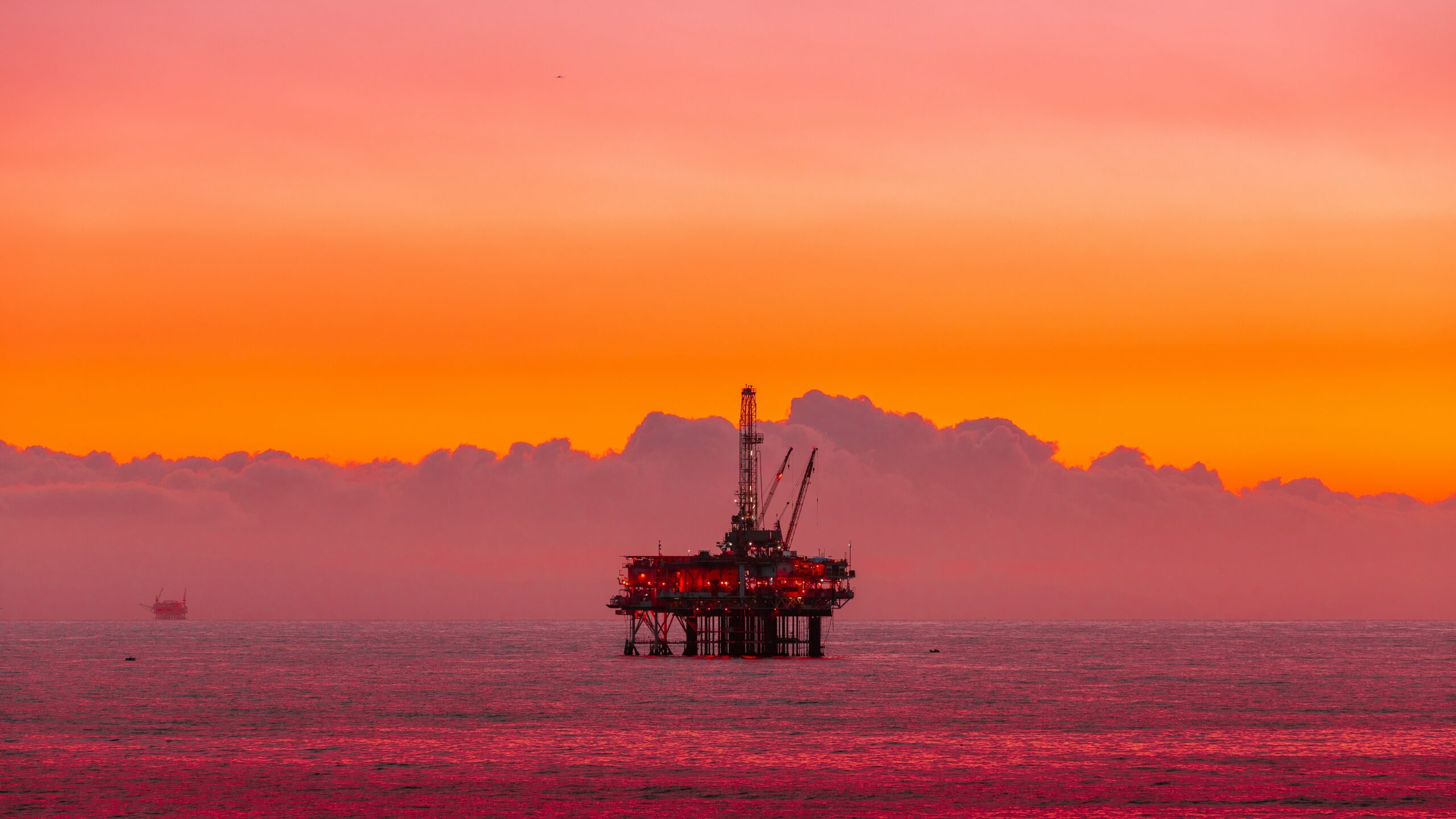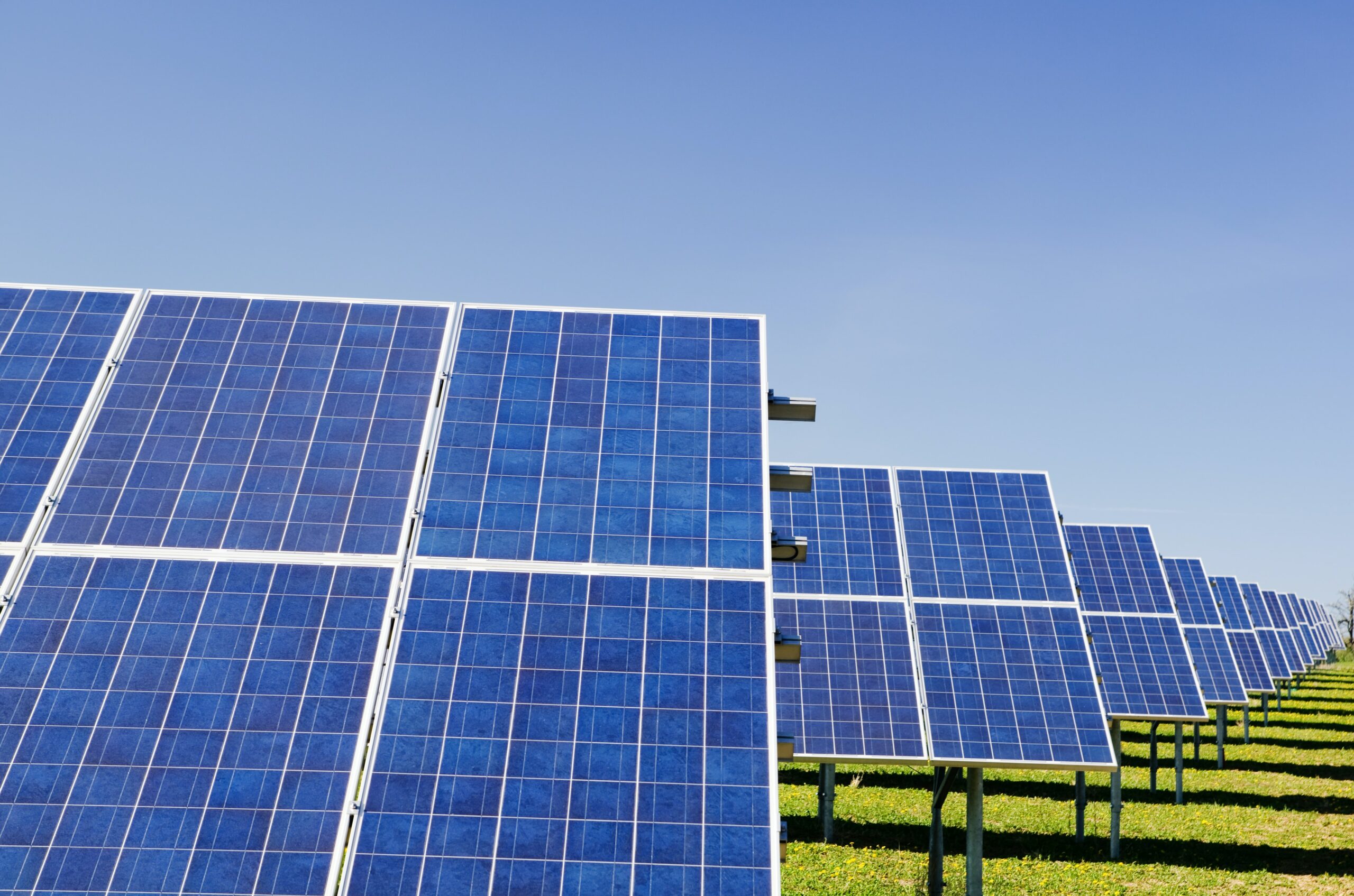The truth behind natural gas investing
Natural gas investing has been described as “an important market” because gas is a key global fuel source. One of the biggest investors of private capital in Africa, global firm Actis, announced in November 2022 that it could soon invest up to USD $300 million annually in renewable and gas-fired projects on the continent. But, this does not mean that natural gas is a safe area to invest in – in South Africa or globally.
The reality is that natural gas is an uncertain investment. Many different variables affect the price of gas in the international trading markets, and these are highly susceptible to change. Here is why gas is such a volatile commodity and why natural gas investing is so risky.
Natural gas stocks: An inelastic commodity
Economists would describe natural gas, and other fossil fuels, as inelastic commodities. Elasticity of demand tends to happen when there is an available substitute for the product. For example, if the price of pecans shoots up, consumers might switch to walnuts or hazelnuts. But, if a commodity is hard to switch from, demand elasticity is low.
Natural gas is hard for consumers to shift away from because it plays an important role in many areas. These include power generation, heating and industrial uses.
In 2020, natural gas accounted for around a quarter of global electricity generation. Some countries are more dependent on gas for their power than others. For example, in the United Kingdom natural gas accounted for nearly 40 per cent of electricity generation in 2021. This proportion is similar in several other large world economies, including the United States (38 per cent) and Italy (nearly 50 per cent). South Africa’s use of gas is very low in comparison. In 2018, natural gas made up just three per cent of the energy supply in South Africa. Sasol uses most of this for producing chemicals and also GTL (gas to liquid) fuel, which is an alternative to diesel. The rest goes to commercial and industrial customers. Unlike many other major economies, South Africa is fortunate not to depend on gas for power generation or heating.
The more heavily a country depends on gas, the more it will have invested in the infrastructure for transporting and consuming it. These sunk costs make it politically harder to switch away from gas. In the same way that a family would not immediately replace its central heating system in response to rising energy prices, most countries will not immediately change how they use energy. In economic terms, demand for gas is inelastic. On the face of it, this should be good news for natural gas stocks. But, the truth is more complicated.
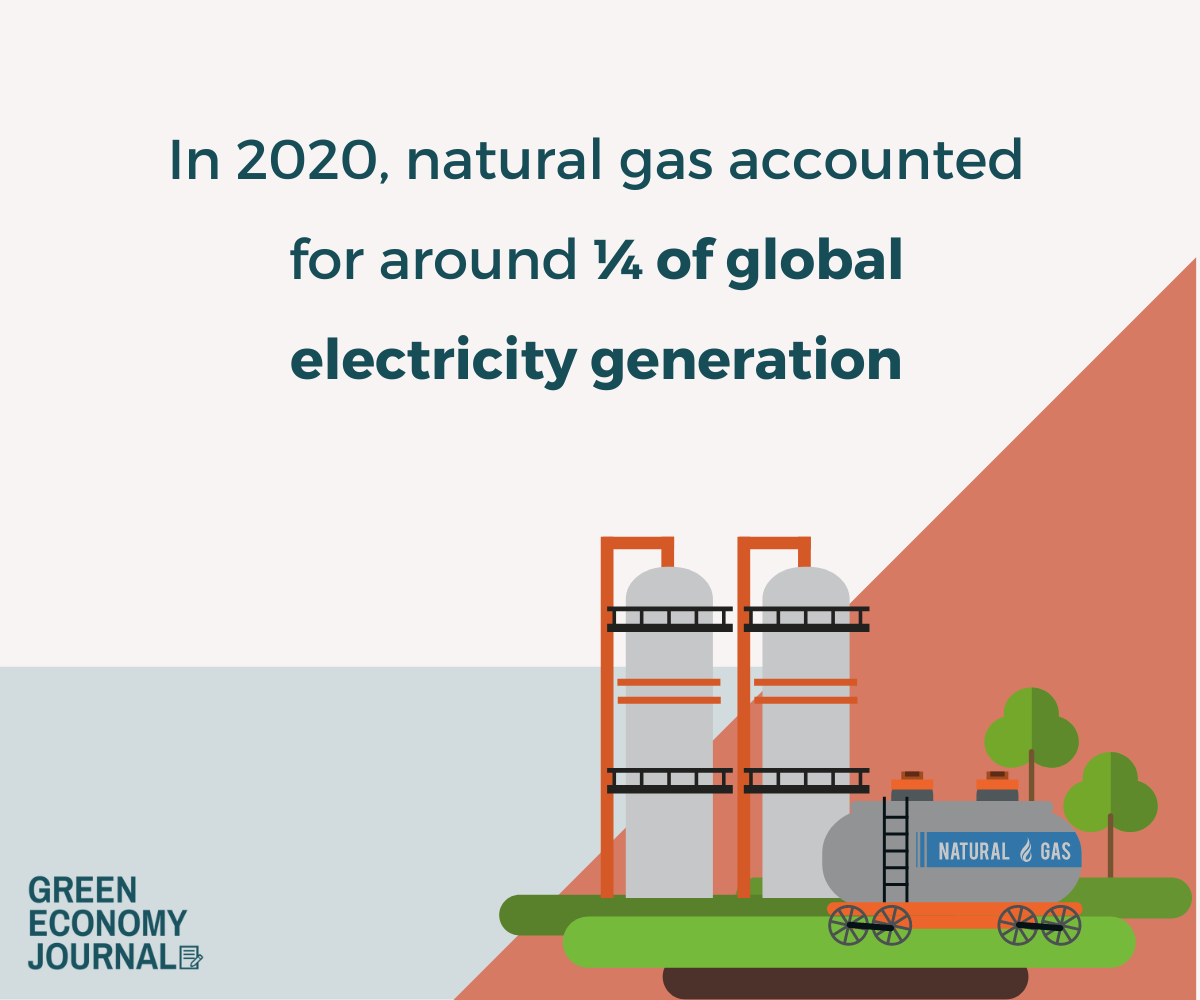
Geopolitical considerations
Natural gas investing is also vulnerable to forces beyond the weather – such as geopolitical upheaval. The International Energy Agency describes Russia as “a giant in natural gas markets”. So, it was no surprise when Russia’s invasion of Ukraine caused gas prices to soar. Not only does it have the world’s largest gas reserves, but until March 2022, it was the world’s largest gas exporter.
Perhaps more surprising is that gas prices became more volatile even before the invasion. In December 2021, reports of a potential invasion were enough to destabilise the prices of oil, coal and gas as tradeable commodities. The euro trading zone experienced this volatility more strongly than other parts of the world because it was particularly dependent on Russian gas.
Many countries, especially in Europe, have been reluctant to impose any restrictions on Russian gas imports, whether pipeline gas or liquefied natural gas. The only countries to actually ban Russian supplies of liquefied natural gas were the United States and Australia, which did not import much Russian gas in the first place. But, the physical gas flows from Russia to Europe have been seriously reduced by Russian countersanctions and problems with the Nord Stream 1 pipeline. This combination of factors contributes to the uncertainty of natural gas investing.
The effect on Africa has been different. Africa has about 13 per cent of the world’s natural gas reserves, but also the world’s lowest per capita energy use. This means that European countries have been exploring Africa as a potential additional gas supply. But, the continent’s gas resources are not evenly distributed. Algeria and Egypt are the two top-producing countries, followed by Nigeria. In contrast, South Africa is a net importer.
The picture in South Africa
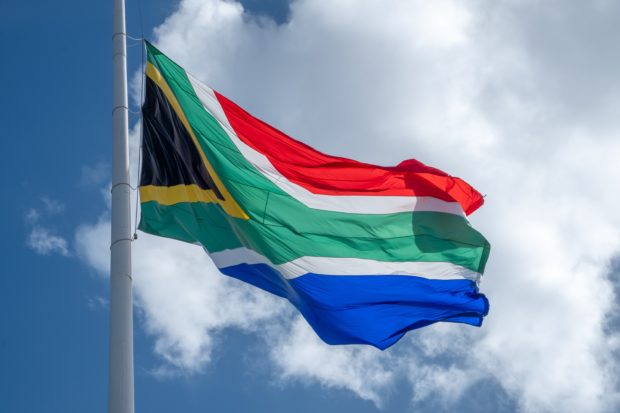
South Africa has to import most of its supply because its proven resources of natural gas are fairly limited. Domestic production of gas is less than a fifth of demand.
Yet, despite that South Africa cannot meet its current gas needs with its own gas resources, South Africa’s energy policy is actually planning for greater reliance on gas. The 2019 Integrated Resource Plan (IRP) sets out the intention to invest in gas-to-power infrastructure. The idea is that as the country moves away from coal, “gas to power technologies…provide the flexibility required to complement renewable energy.”
The plan as set out in the IRP is to explore new potential gas sources in the region. This will probably involve cooperation with other countries in the Southern African Development Community. Investment Monitor predicts that foreign direct investment in Africa will boom in 2023, “with mining and gas projects leading the way”. This is likely to involve more oil and gas exploration in Namibia. It may also involve resuming liquefied natural gas exploration in Mozambique, which was previously paused for security reasons. Going ahead with the IRP in its current form will likely be detrimental to South Africa’s economy. It is also a reason to be cautious when considering natural gas investment in South Africa.
How Europe affects natural gas investing

In contrast to South Africa, many countries are recognising the downside of gas dependence and planning for a future with much lower gas consumption. Europe is a key market to watch because it has been the largest importer of natural gas in the world. In 2021, a third of Europe’s energy for electricity, transport and heating came from gas. Some European countries get an even higher proportion of their energy from gas, such as Belarus (62 per cent) and Italy (42 per cent).
This dependence is one of the reasons why the upheaval in 2022 led to spiking gas prices. In 2022, the European Union (EU) secured record levels of liquefied natural gas imports and pipeline gas. This might make it seem like natural gas investing is a great long-term option. But, the procurement in 2022 was a temporary measure. The long-term plan for most of Europe is to reduce gas dependence for good.
Since spring 2022, the EU has been following its REPowerEU plan. This has many strands, but the overall goal is to reduce dependence on fossil fuels. This means cutting energy consumption and diversifying energy sources. The EU is accelerating its transition to renewables, doubling solar capacity by 2025.
For hard-to-decarbonise sectors, where wind and solar are not feasible options, the EU is exploring other alternatives to natural gas. It has set a target for 10 million tonnes of domestic renewable hydrogen production by 2030. This will be complemented by an equal quantity of hydrogen imports.
Meanwhile, the EU will shift heating systems away from natural gas by investing in electric heat pumps alongside solar and geothermal heat where possible. The measures will take years to carry out, but the direction is clear. European demand for natural gas will drop significantly in the coming years.

Asia and natural gas investing
As Europe reduces its gas consumption, Asia’s may increase. As long ago as June 2021, experts predicted that Asia would account for 60 per cent of global gas demand growth between 2020 and 2050. Energy analysts Wood Mackenzie expected that by 2050, a third of all global gas consumption would be in Asia.
But, the current situation is less clear. In terms of volume, Asia could perhaps match Europe “one day”, according to the Center for Strategic and International Studies. But, it will only be a “second-best alternative” for Russia as a new market.
The biggest economies in Asia seem to be reducing their natural gas consumption. China’s total gas consumption in 2022 saw the lowest annual growth rate since the early 1990s. India’s gas consumption in 2022 dropped too.
Meanwhile smaller, developing economies are suffering because of gas price spikes. From October 2021, Bangladesh was spending five times as much on importing liquefied natural gas as it did in May of that year. It had already agreed on contracts with gas suppliers, but these suppliers delivered the bare minimum to chase higher prices elsewhere. As a result, the government raised prices for consumers, exacerbating the cost-of-living crisis. Similar problems have arisen in Sri Lanka and the Philippines. Many Asian countries are seeing the downside of gas dependence. This could have a serious impact on energy policy and the continent’s future consumption. In turn, this could reduce global demand and the price of natural gas stocks.
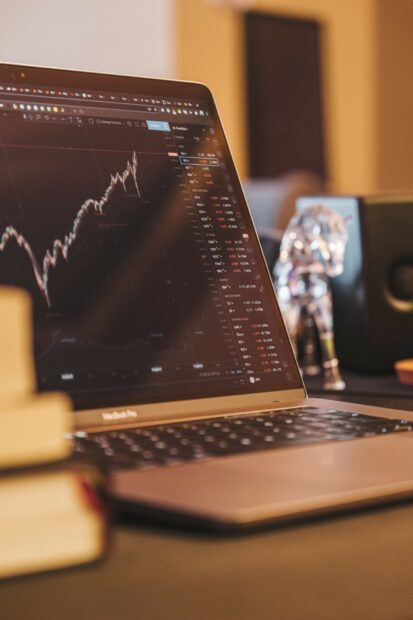
The future of natural gas is unpredictable
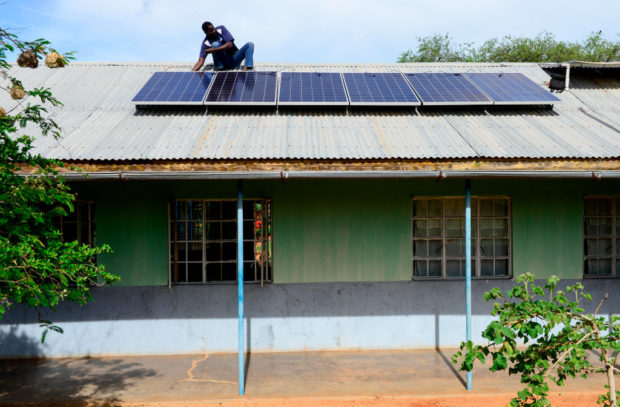
Although the decision to move away from gas requires long-term planning, many factors affect demand in the short term. For countries (and households) that rely on gas for heating, the weather is a strong determinant of short-term demand. Unexpected changes in the weather can undermine countries’ seasonal planning and also affect the price of natural gas stocks. So a prolonged cold snap may cause a surge in demand that production and imports cannot meet. This indicates dwindling storage levels and rising prices. Unseasonably warm weather can do the reverse. October 2022 was the warmest October on record for Europe. This caused gas prices to tumble.
For countries which use gas for power generation – as South Africa is planning to do – the availability of other generation sources will affect demand. For South Africa in the future, this means renewables. The country has committed to greening its economy, signing a declaration to transition from coal. South Africa is receiving USD $8.5 billion in international funding to help it move away from coal. In addition to these public renewable energy funds, the country is also seeking private finance. To support this transition in the long term and alleviate load shedding in the short term, President Ramaphosa has developed a power plan. This will reduce the regulatory obstacles to getting new generation capacity up and running. As more solar and wind projects come on stream, there will be less demand for gas in South Africa. Any existing infrastructure risks becoming a stranded asset. Anyone thinking of investing in natural gas projects in South Africa needs to be aware of this risk.
The combination of inelastic supply and inelastic demand means that any change in market fundamentals can cause large swings in price. This is why energy commodity prices tend to be more volatile than the prices of other commodities. This volatility makes it risky to invest in natural gas futures. It is very difficult to predict what the market will be doing when it is time to honour the contract, and the potential price swings increase your exposure to serious financial losses.
The climate context
The wider context of any national energy strategy is the climate crisis. Almost every country on Earth has signed the 2015 Paris Agreement. This means they have agreed to reduce their greenhouse gas emissions as soon as possible. The goal is to reach net zero by mid-century or earlier, so we can limit global warming to 1.5°C above pre-industrial levels. In practice, this means moving away from fossil fuels as fast as possible. South Africa has already committed to transitioning away from coal. Investing in a different fossil fuel would not represent progress. It would also be incompatible with South Africa’s emissions reduction targets. The country is aiming for net zero emissions by 2050. In the short term, it aims to reduce emissions to a range of 98-510 megatonnes of carbon dioxide equivalent by 2025.
Experts say that to keep warming below 1.5°C, use of natural gas will have to reduce by at least 35 per cent before 2050. As well as this, we will need technology to reduce the climate impact of the gas we are using. Although burning natural gas does generate fewer emissions than burning coal or oil, it is still a significant source of carbon dioxide. To reduce the carbon that reaches the atmosphere, countries using natural gas will have to invest in carbon capture and storage.
They will also have to address the serious problem of leakage. Natural gas can leak into the atmosphere from wells, compressor stations, pipelines or storage. This is disastrous for the climate because methane has over 80 times the global warming impact of carbon dioxide. To make natural gas truly cleaner than coal, countries must find ways to keep leakage across the whole network below 3.2 per cent. Countries that rely on gas will have to work much harder and spend more to meet their emissions reduction targets. This is why many countries aim to reduce their consumption in the coming years – which is bad news for natural gas investing.
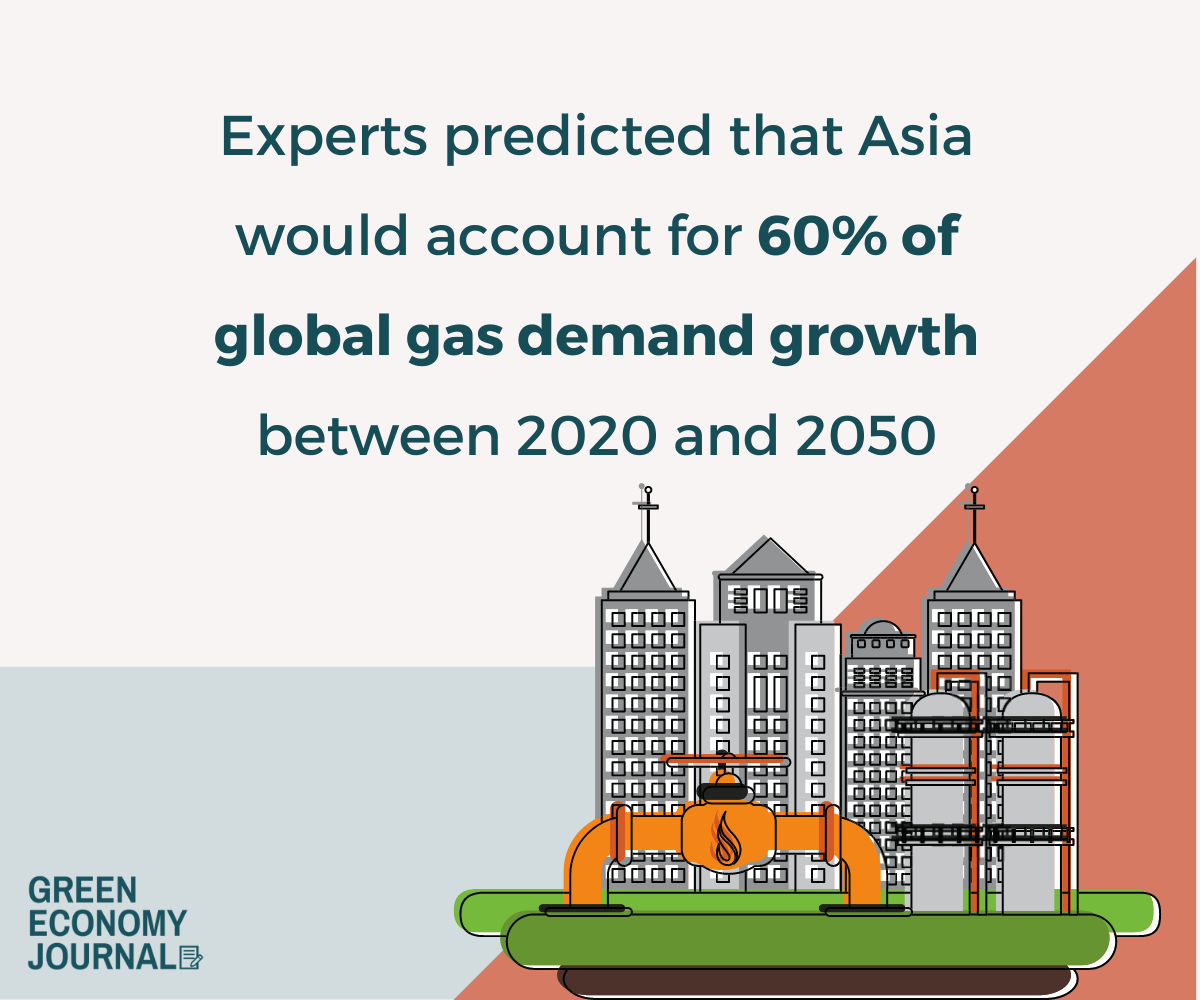
Investing in liquefied natural gas
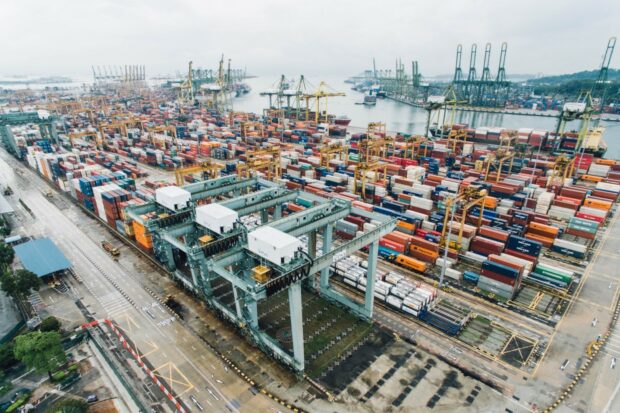
As we explained above, Europe responded to Russia’s invasion of Ukraine by securing record levels of liquefied natural gas (LNG) in 2022. LNG was important to Europe’s energy response because the supply relied on shipping rather than on pipelines. The European region, including the UK, imported 25.5 million tonnes of LNG between February and April 2022 alone. This is a 29 per cent increase from the same period in 2021.
Unsurprisingly, liquefied natural gas prices shot up and remain high. But, this does not make LNG a safer option for natural gas investing. As we have seen, many Asian countries have struggled to afford enough gas to meet their energy needs. LNG market experts Rystad Energy predict that Asian demand for liquefied natural gas could be “permanently dented” as a result.
Rystad Energy predicts that the current surge in liquefied natural gas stocks will peak in 2024 and then it will “fall off a cliff”. This is for two reasons. Firstly, LNG supply is set to increase due to infrastructure projects already underway. Secondly, governments around the world are transitioning away from fossil fuels. LNG is more carbon-intensive than natural gas delivered through pipelines, making it harder for countries to meet their climate commitments.
Natural gas investment in the long term
In theory, the volatility of natural gas as a commodity makes it possible to generate a lot of money by trading it. But, this volatility also increases the risk of heavy losses. There are also other potential problems for traders. In November 2022, the Financial Times reported that the European Commission was planning to cap natural gas futures. The intention would be to calm the markets and prevent future price spikes like those seen earlier in 2022. But, energy traders warn that this could do “irreversible” harm to market confidence. Potential price caps and other regulatory measures are further variables affecting gas prices and increasing uncertainty.
Africa is currently on an upswing for fossil fuel investment. Total capital expenditure for oil and gas exploration jumped from USD $3.4 billion in 2020 to $5.1 billion in 2022. But, African investors are not driving this. The bulk of the exploration – and profit – is linked to overseas countries. They are developing new infrastructure for liquefied natural gas, but 89 per cent of this is for export, mainly to Europe and Asia.
This means that natural gas investment in South Africa and other African nations is closely linked to gas consumption outside the continent – and the long-term prospects do not look good. The world’s biggest gas consumers are now moving away from fossil fuels. National and international measures to improve energy security and meet climate goals will reduce global gas consumption significantly. A drop in demand means weaker markets and poor returns for investors. This is the long-term reality of natural gas investing.
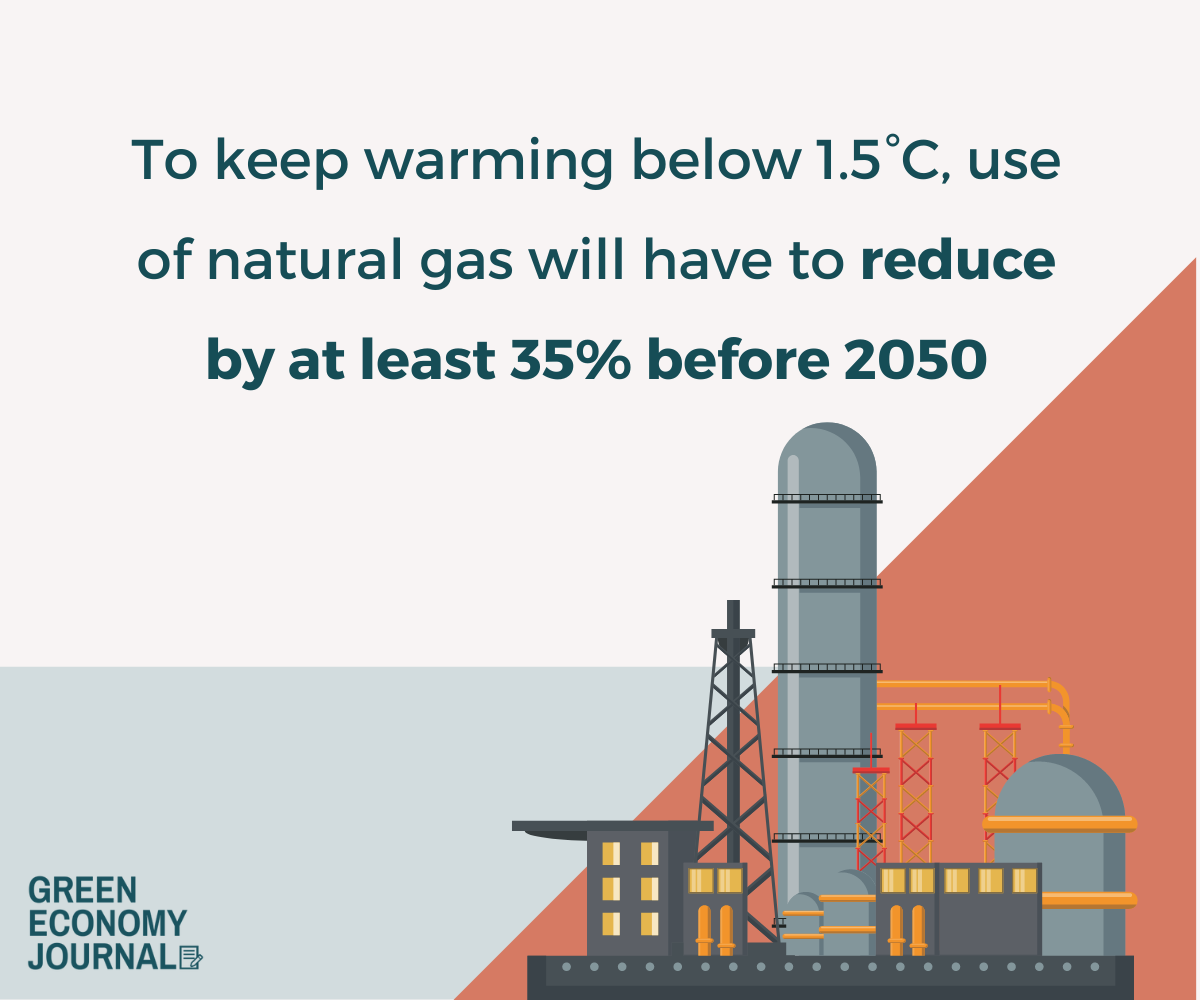
Related Articles
Evidence mounts on the massive economic risks of fossil fuels
A new report warns of trillions in oil and gas revenues at risk by 2040, with demand set to fall globally in favour of cheaper renewables.
Renewables could safeguard trillions from oil and gas price shock, finds new report
Accelerating renewables in line with the 1.5°C pathway would safeguard global GDP, inflation and jobs in the event of an oil and gas price shock.

